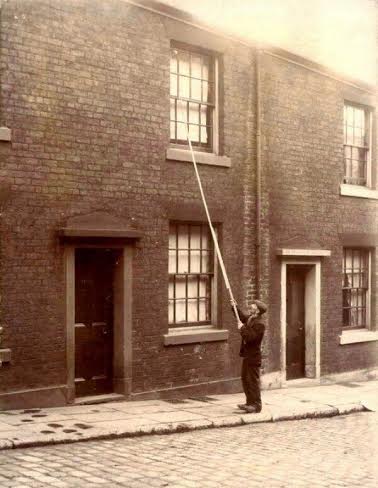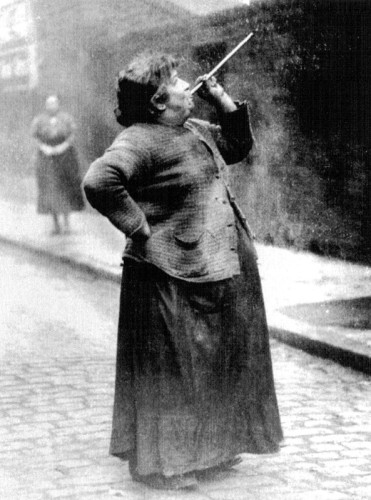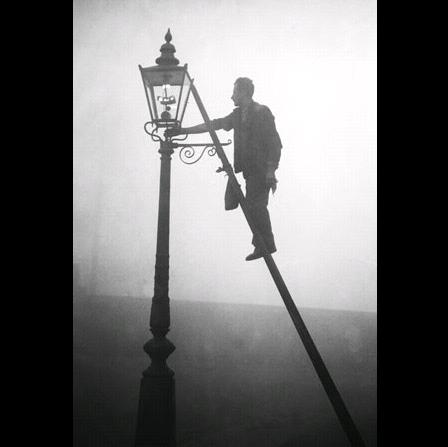 I’m one of those people for whom it’s hard to get out of bed early, especially when I didn’t sleep enough. Setting an alarm clock makes little sense because I turn it off and go back to sleep. Setting multiple alarm clocks throughout the apartment might work, but it bothers the neighbours and I will still wake up too late. The only foolproof solution for me is a human alarm clock, but unfortunately this is not always available, or reliable.
I’m one of those people for whom it’s hard to get out of bed early, especially when I didn’t sleep enough. Setting an alarm clock makes little sense because I turn it off and go back to sleep. Setting multiple alarm clocks throughout the apartment might work, but it bothers the neighbours and I will still wake up too late. The only foolproof solution for me is a human alarm clock, but unfortunately this is not always available, or reliable.
Enter the professional human alarm clock, or knocker-up. Before the advent of reliable and affordable alarm clocks, British and Irish workers were woken up by a person who made sure they could get to work on time. The knocker-up used a baton to knock on clients’ doors or a long and light stick to reach windows on higher floors. Others used a pea-shooter.
 The knocker-up would not leave a client’s window until it was sure that the client had been awoken. People would agree verbally, in advance, or simply post a preferred time on doors or windows. There were large numbers of people carrying out the job, especially in larger industrial towns such as Manchester and London.
The knocker-up would not leave a client’s window until it was sure that the client had been awoken. People would agree verbally, in advance, or simply post a preferred time on doors or windows. There were large numbers of people carrying out the job, especially in larger industrial towns such as Manchester and London.
Generally the job was carried out by elderly men and women but sometimes police constables supplemented their pay by performing the task during early morning patrols. Larger factories and mills often employed their own knocker-ups to ensure labourers made it to work on time. The profession lasted at least until the late 1920s and in some regions until the 1950s. Bringing it back would not only make me reach early morning appointments on time. It would also create new employment, foster social cohesion, and save energy and resources.
Sources: 1 / 2 / 3 / 4. Thanks to Cynthia Hathaway.






